
www.abc.net.au/news/science...



It wouldn't be so disappointing if this wasn't done for the wrong reasons... Makes you wonder what happened to NOAA.


It wouldn't be so disappointing if this wasn't done for the wrong reasons... Makes you wonder what happened to NOAA.


Open access, free to read & share
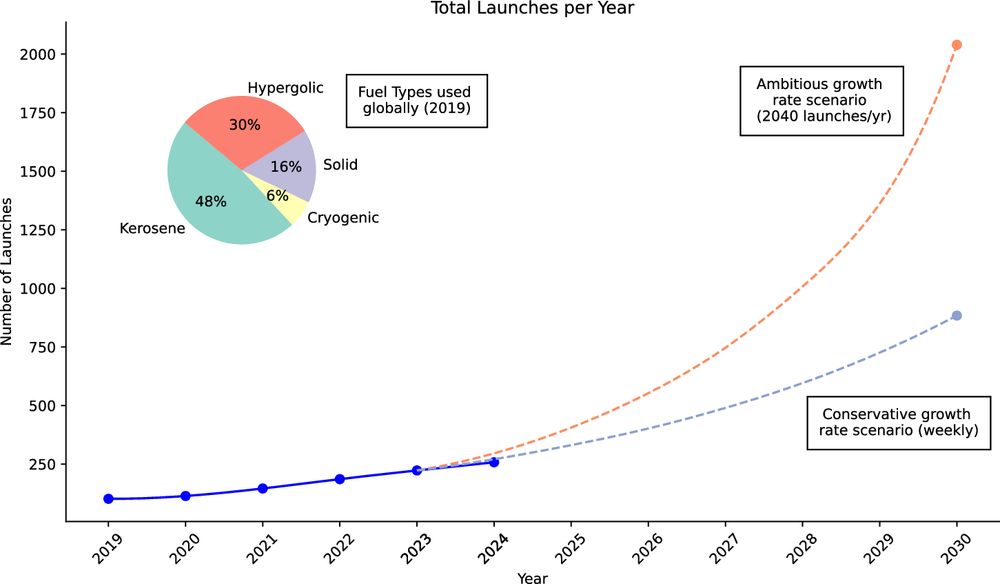
Open access, free to read & share
- at the beginning of the mission to optimize the preliminary TLEs so that the university could establish the most reliable communication possible,
- for monitoring purposes since refined TLEs have become available...
Thank you for the great work!
- at the beginning of the mission to optimize the preliminary TLEs so that the university could establish the most reliable communication possible,
- for monitoring purposes since refined TLEs have become available...
Thank you for the great work!
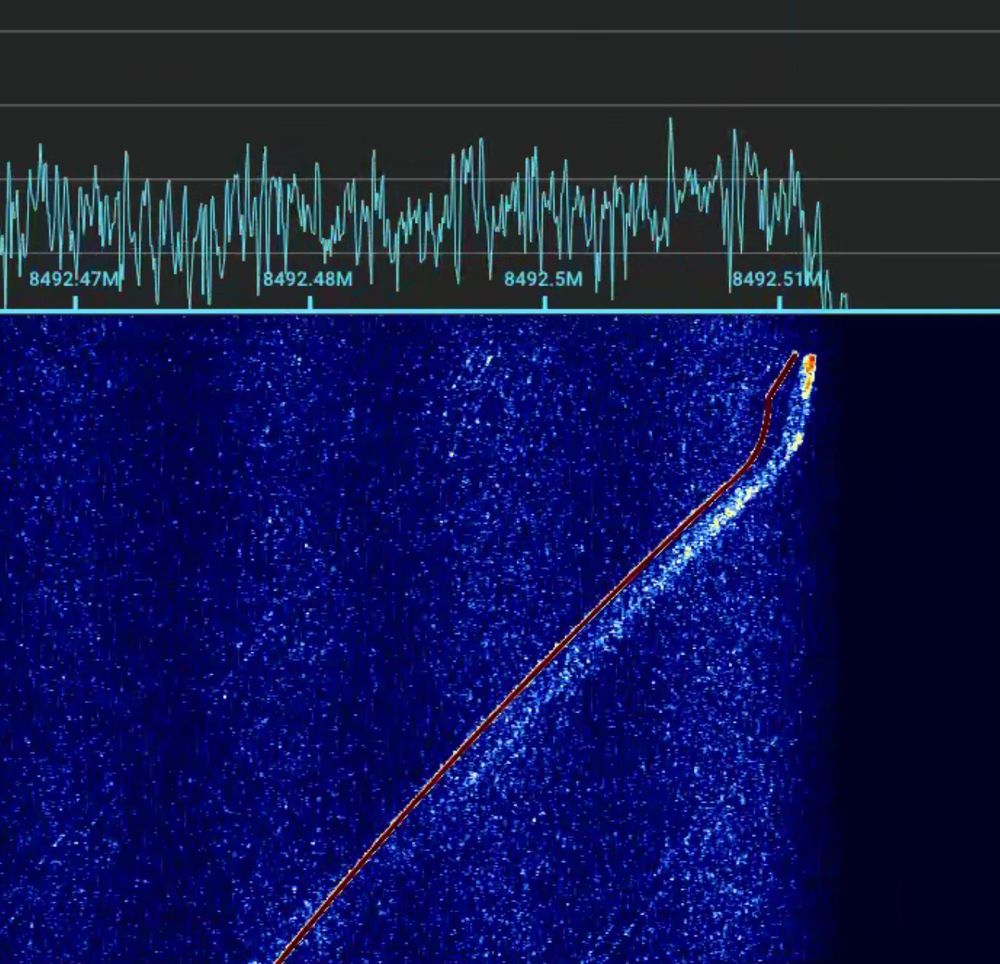
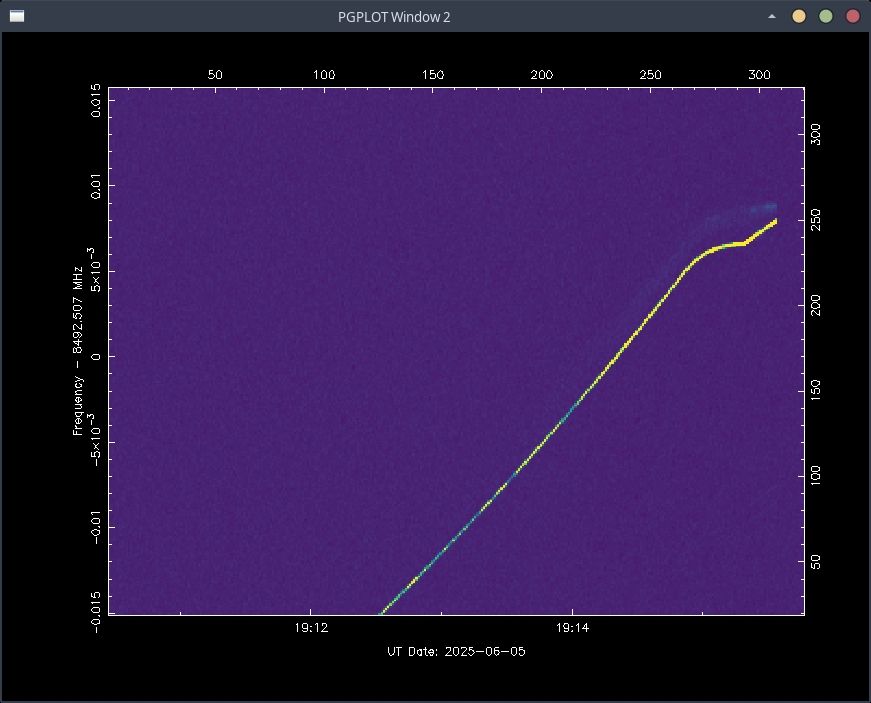


planet4589.org/space/debris...
planet4589.org/space/debris...
arxiv.org/abs/2504.16293

arxiv.org/abs/2504.16293

One remark on why Dwingeloo is less sensitive: we have a relay in front of the first LNA, because Dwingeloo also transmits in experiments like this one. Apart from that, we may also need a better LNA.
One remark on why Dwingeloo is less sensitive: we have a relay in front of the first LNA, because Dwingeloo also transmits in experiments like this one. Apart from that, we may also need a better LNA.
Read more: destevez.net/2025/04/anal...


Read more: destevez.net/2025/04/anal...

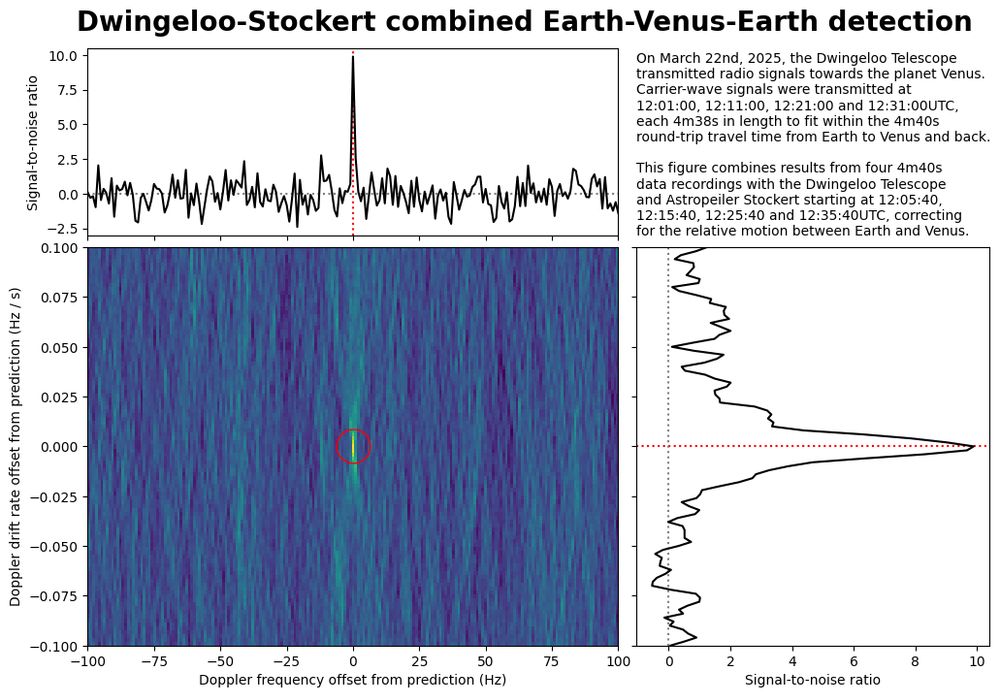
They managed to fire a signal at Venus, and catch the reflection back on two antennas here on Earth!
There is *lots* of nice working coming from this group! 👏👏👏
Blog + link to script below
www.camras.nl/en/blog/2025...
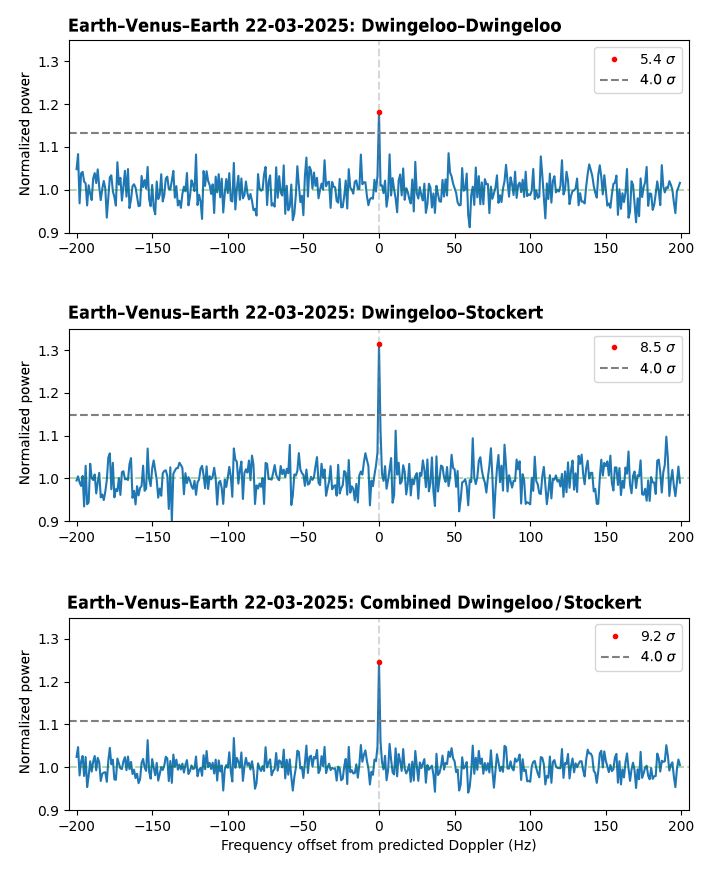
They managed to fire a signal at Venus, and catch the reflection back on two antennas here on Earth!
There is *lots* of nice working coming from this group! 👏👏👏
Blog + link to script below

